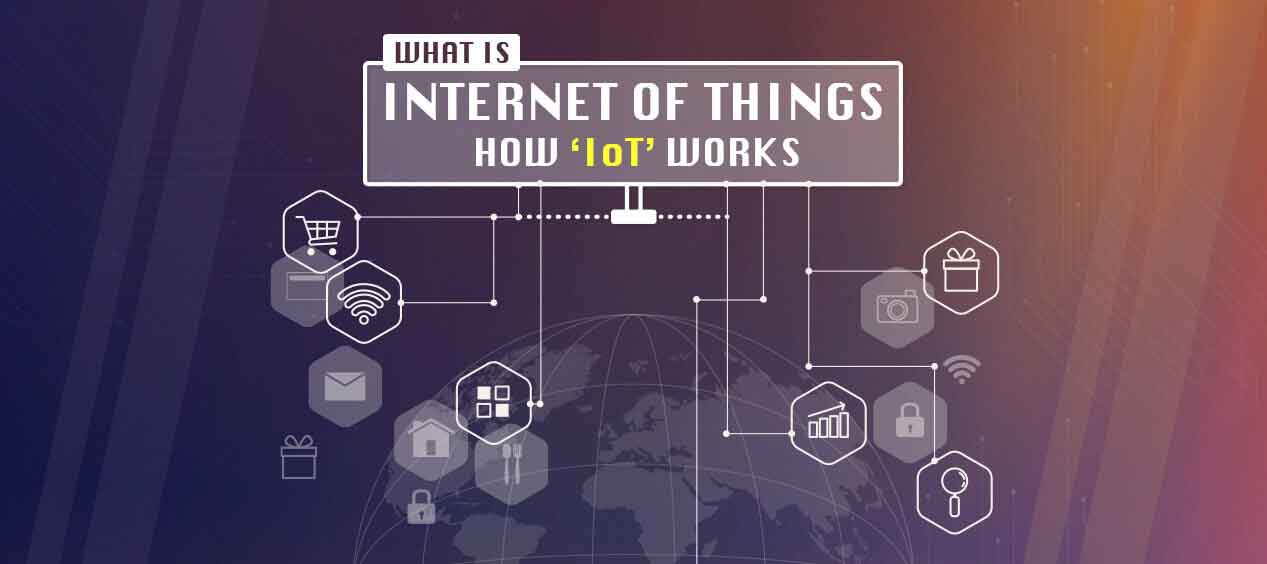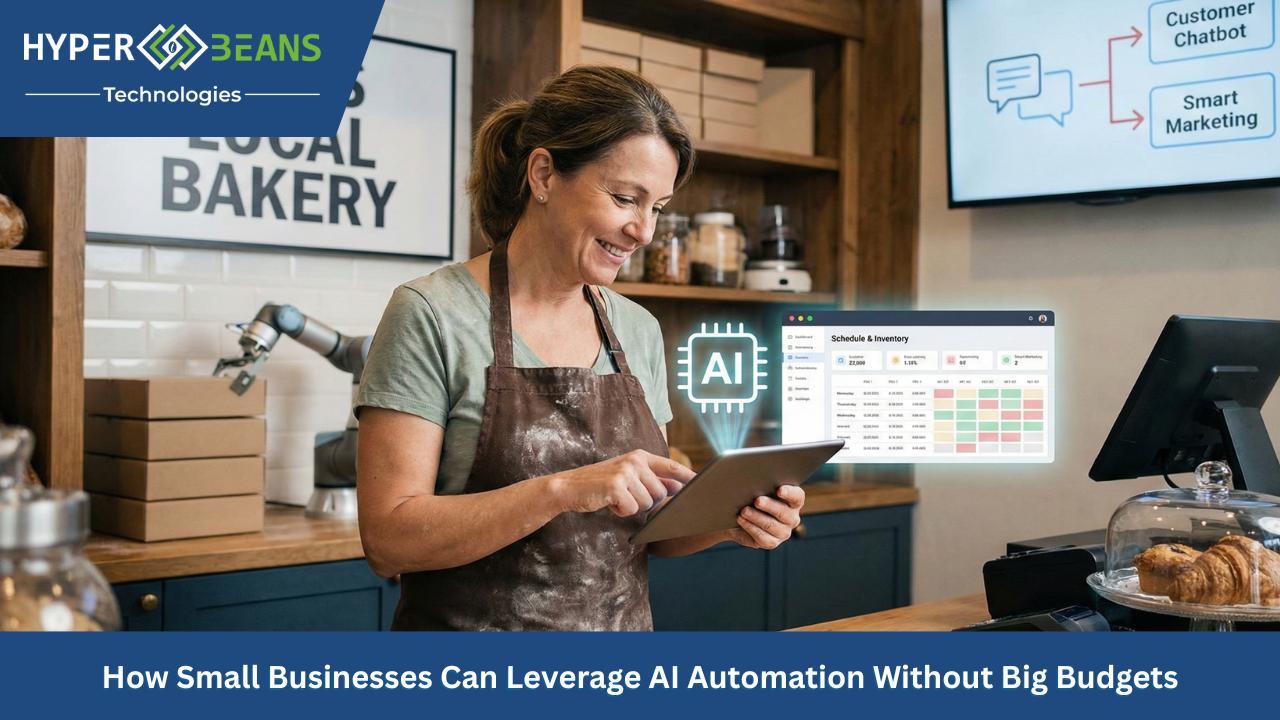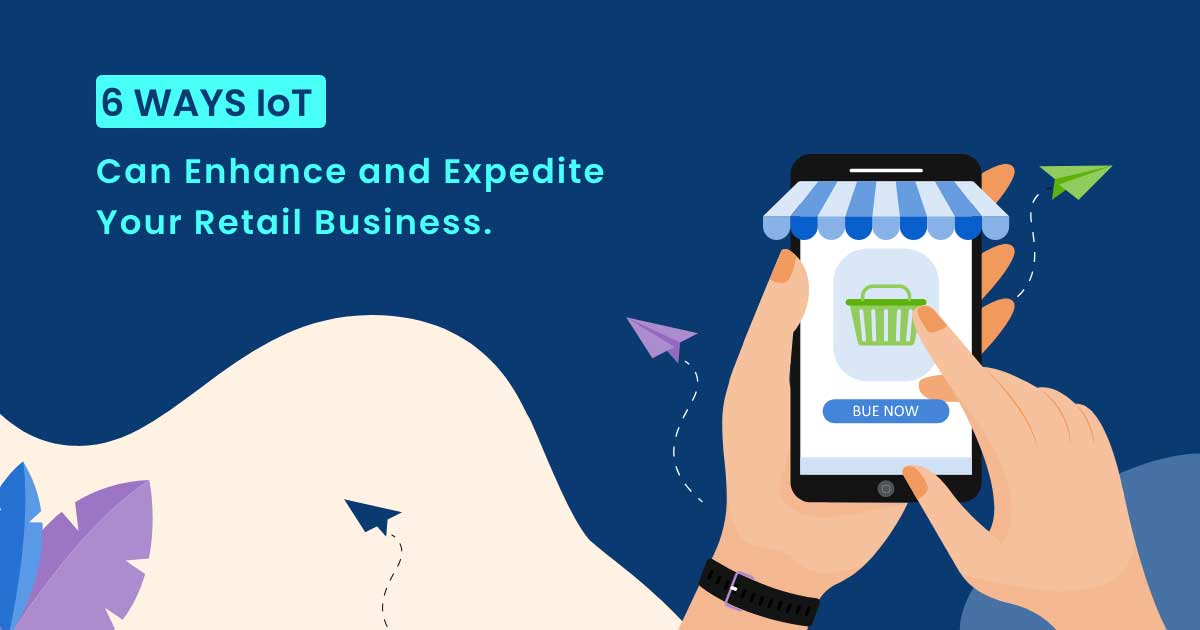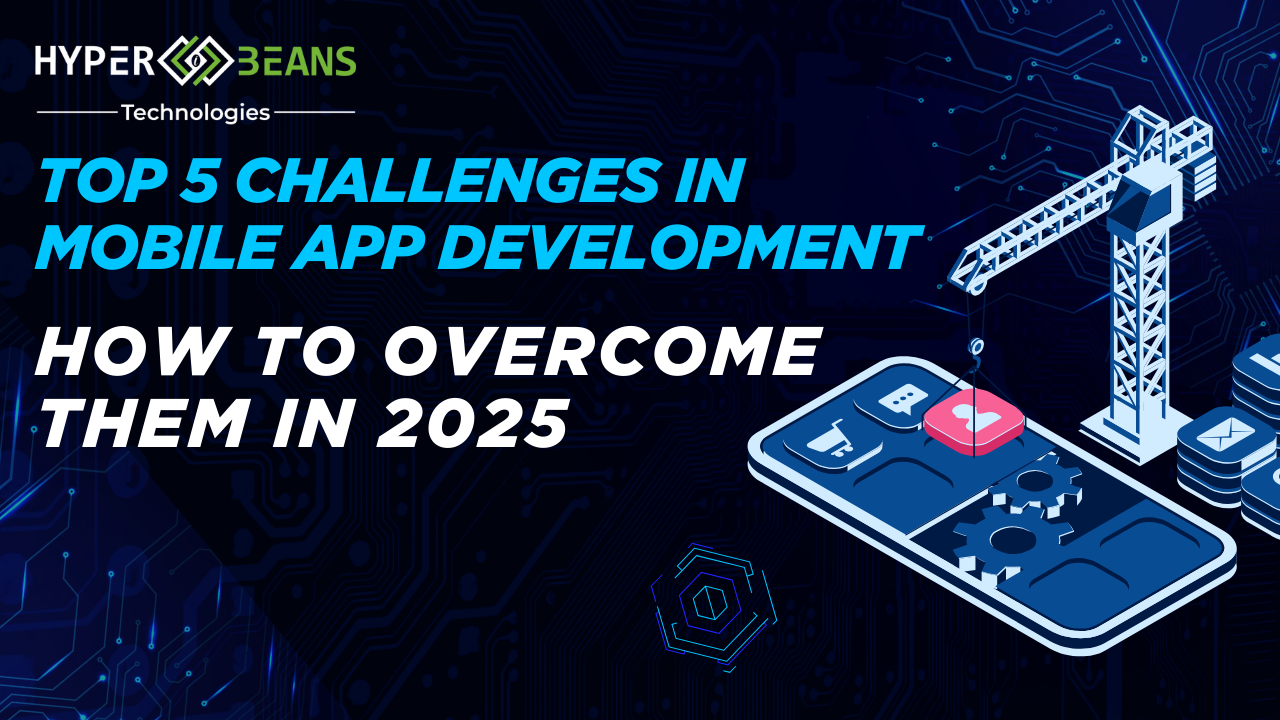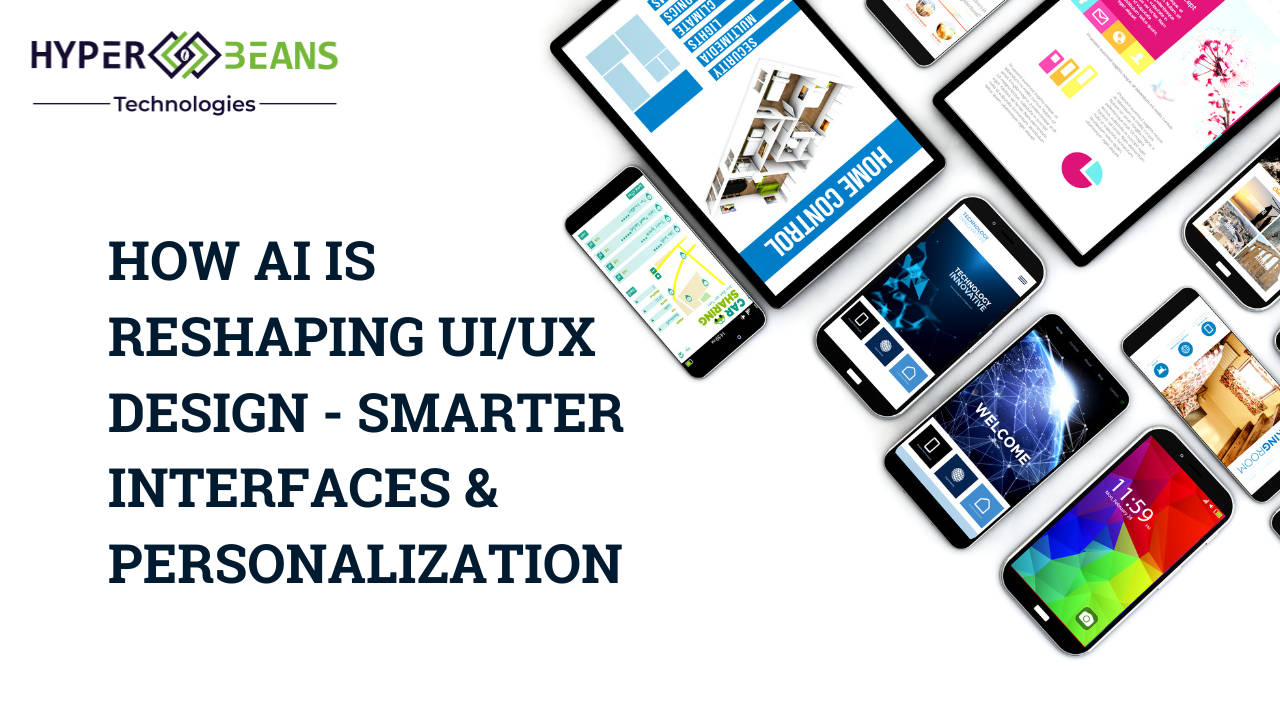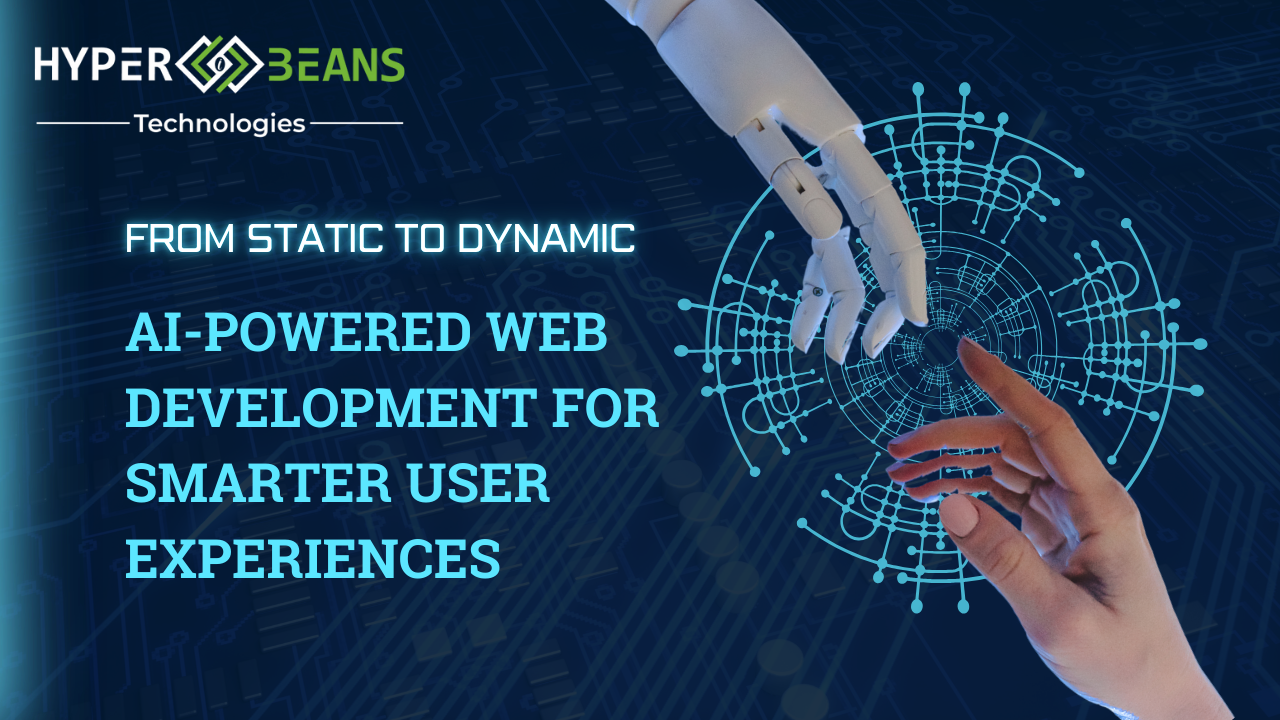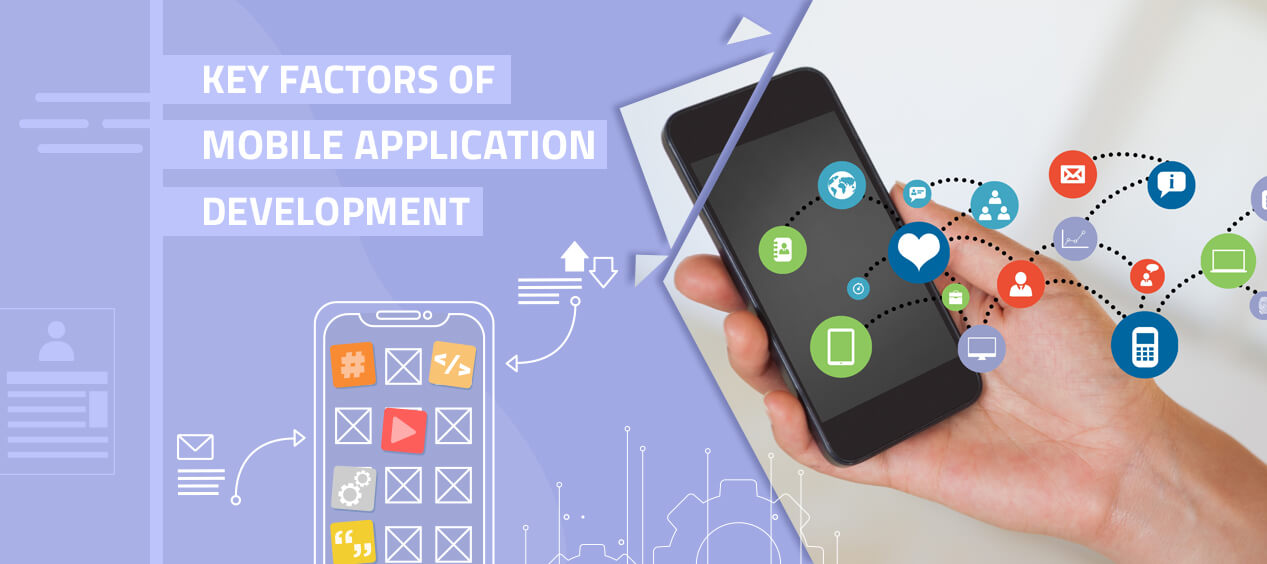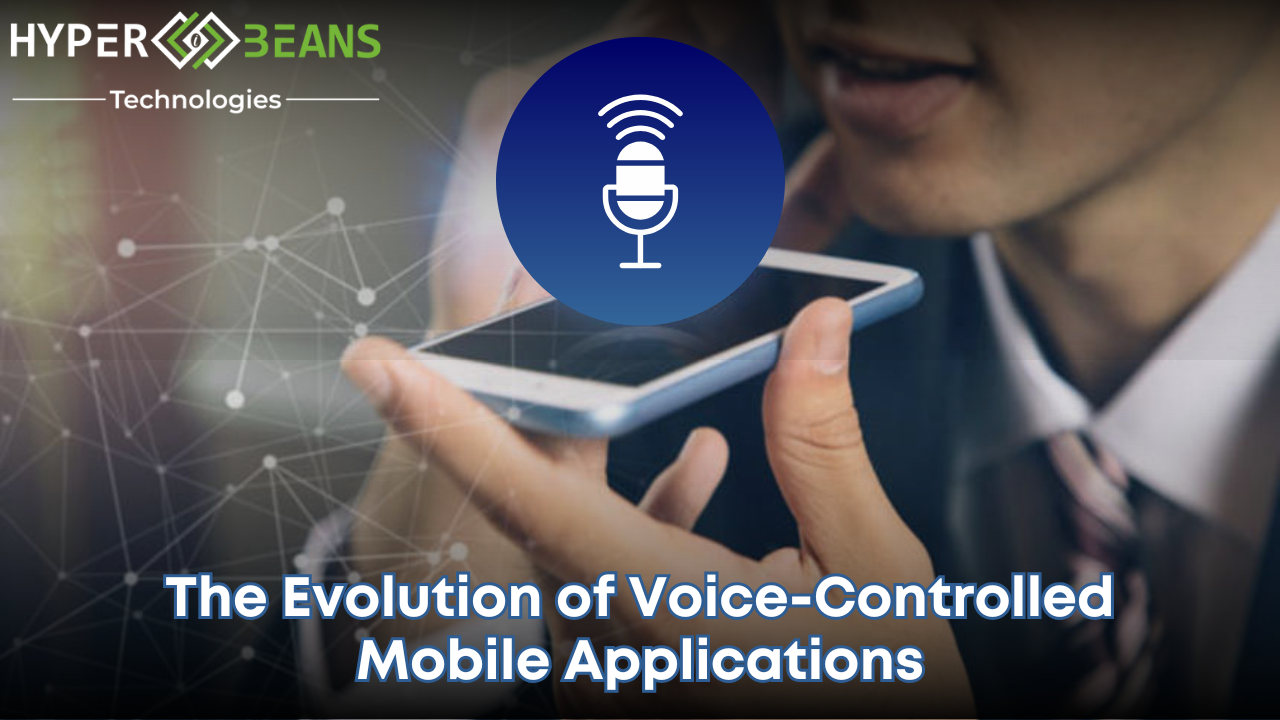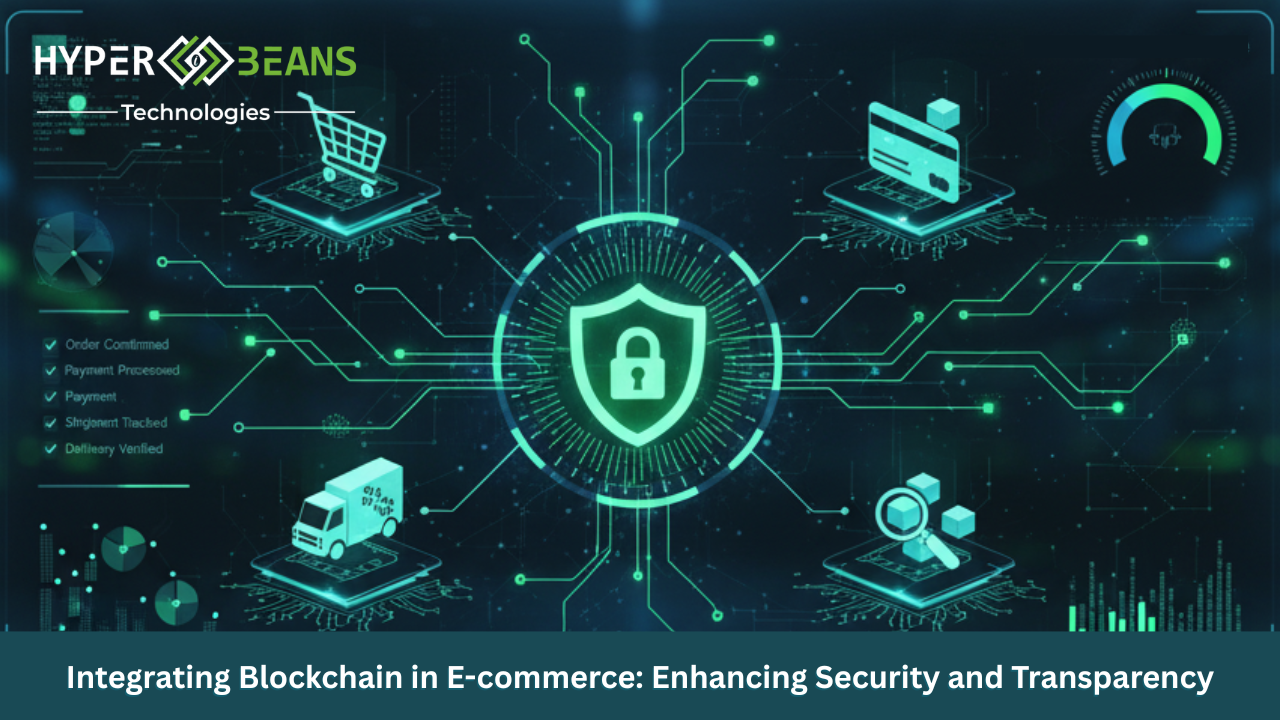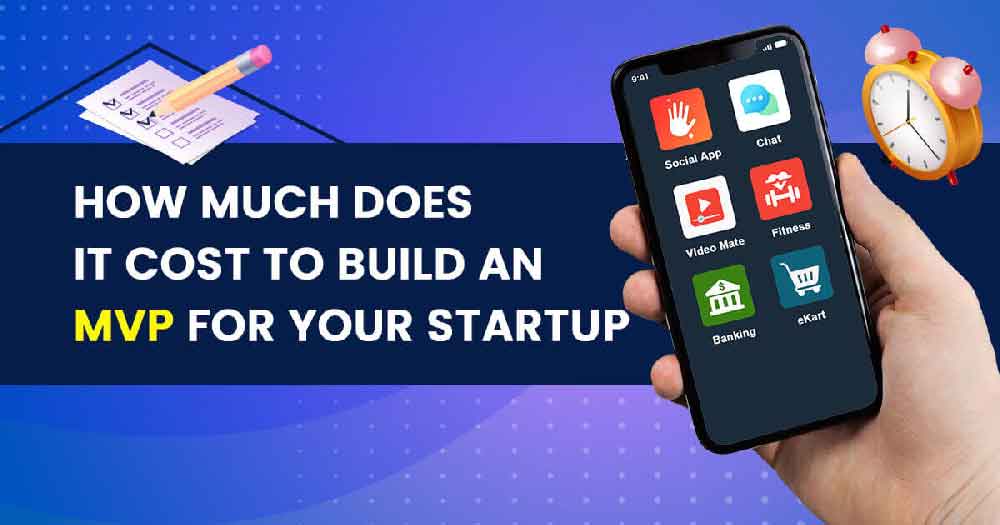In today’s fast-paced digital world, traditional CMS platforms like WordPress or Joomla are showing limitations. Businesses now need solutions that support omnichannel delivery, faster performance, and flexibility. This demand has fueled the rise of headless CMS, a revolutionary approach to content management.
What is a Headless CMS?
Unlike traditional CMS where the backend (content management) and frontend (presentation) are tightly coupled, a headless CMS decouples them. Content is stored centrally and delivered via APIs to websites, mobile apps, IoT devices, and more. This gives businesses the agility and scalability required in a multi-platform ecosystem.
Key Benefits of Headless CMS
- Omnichannel Delivery – Consistent content distribution across websites, apps, wearables, and digital screens.
- Developer Flexibility – Freedom to use modern frameworks like React, Vue, or Angular for custom interfaces.
- Speed & Performance – Faster load times and improved SEO by separating content from presentation.
- Scalability – Handles global platforms, surging traffic, and multiple digital touchpoints with ease.
- Security – Reduced attack surface since backend and frontend are not directly linked.
Content as a Service (CaaS)
Headless CMS introduces the concept of content as a service. Content is created once and distributed everywhere through APIs. Marketers can update in one place and instantly push changes across all channels, improving efficiency and consistency.
Headless CMS in E-commerce
E-commerce businesses are leading adopters due to:
- Faster page loads reducing cart abandonment.
- Personalized experiences across devices.
-
Seamless integration with CRMs, ERPs, and payment systems.
Retailers also benefit from localized content delivery, quick adaptability to market changes, and better performance during flash sales.
API-First Advantage
An API-first CMS is built with APIs at its core, making integration with mobile apps, AR/VR, voice assistants, and digital signage effortless. This flexibility makes it vital for future-proofing digital strategies.
Real-World Use Cases
- Media & Publishing: Real-time content distribution across apps and sites.
- Education: Centralized updates for portals and e-learning platforms.
- Healthcare: Secure, compliant updates for websites and patient portals.
Challenges to Consider
- Higher initial setup and development costs.
- Content previewing limitations without specialized tools.
- Need for skilled developers in modern frameworks.
The Future of CMS
As businesses embrace AI, voice technology, AR/VR, and Web3, only headless CMS can deliver the required scalability and adaptability. With platforms like Contentful, Strapi, Sanity, and Storyblok leading the way, headless CMS is not just the future—it’s the present.
Conclusion
Headless CMS empowers businesses with speed, flexibility, and scalability. By enabling seamless omnichannel delivery, it ensures brands stay competitive in a digital-first era where agility and innovation define success.
